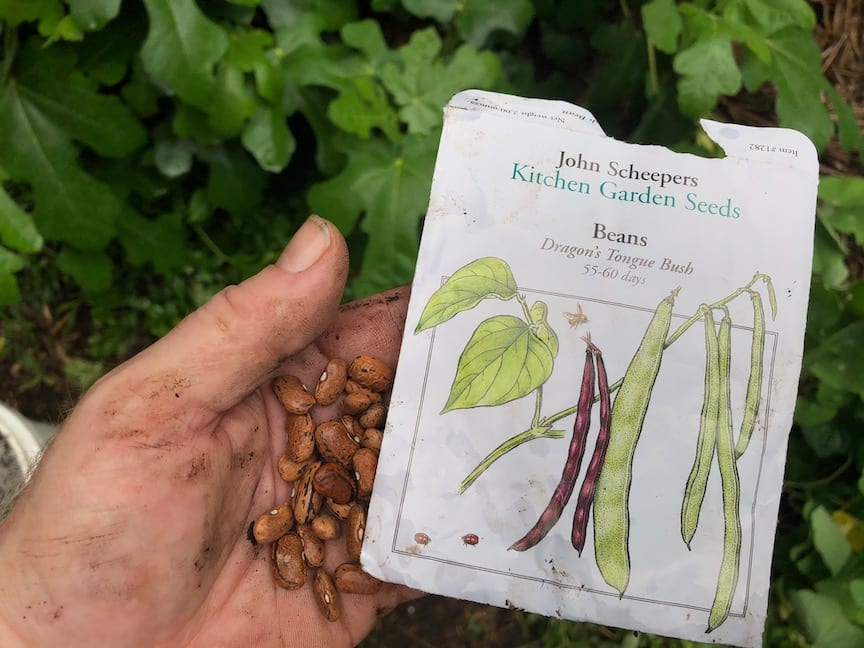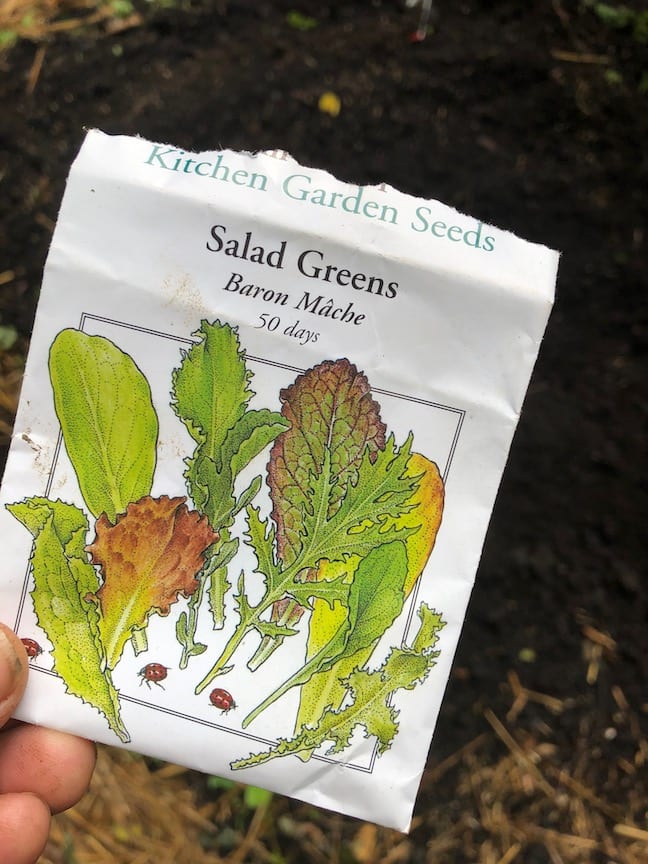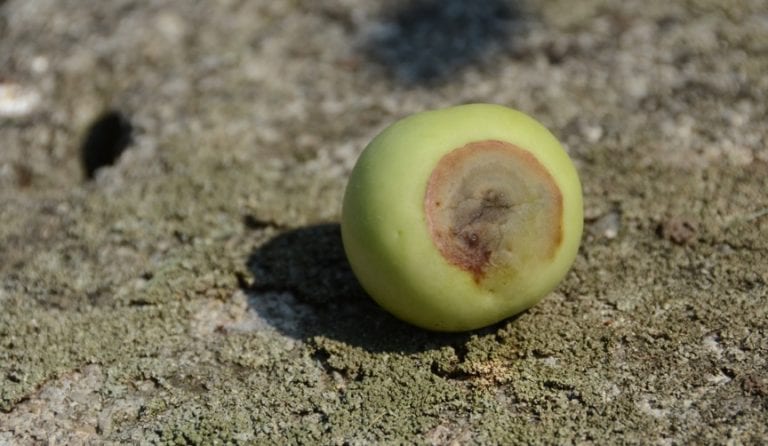
Gardening Green with Doug - Forging Ahead
by Doug Oster
![]()
July 14, 2020
Gardeners look at rain differently than “normal” people.
During a long stretch of dry weather and 90-degree days, every morning entailed dragging the hose around the garden mumbling obscenities under my breath every time it caught on something or kinked, stopping the flow.
Weather forecasters beamed on the air as the sun beat down on my wilting hydrangeas and friends rejoiced about the sunny skies, much to my chagrin. The sound of thunder echoed in the distance and the unmistakable fragrance of impending rain filled the air, bringing a wide smile to gardeners everywhere. As the skies opened, a feeling of great relief comes over us. Days spent watering were now replaced with the joy of planting and dreams of a fall harvest.
After harvesting garlic, bush beans were planted. It’s always a good idea to add a little organic matter when planting anything. A few inexpensive bags of compost, worked into the existing beds, will give these new plants the nutrients they need to thrive. The ‘Dragon’s Tongue’ bush beans I planted are a Dutch heirloom from Kitchen Garden Seeds. This variety can be eaten as an edible pod or used as a dry shelling bean. The beans will reach six inches and are pretty with deep purple streaks over pale yellow pods.
I might have planted seeds of ‘Baron’ mache from the same catalog a little too early as it loves cool weather, but it’s an experiment to see how this variety will fair for a month or so until things start to cool down. Mache is one of the many greens I grow in fall and harvest through winter. It’s planted in part of the garden that gets sun early in the day, but shade during the afternoon. One of the fun things about gardening, even after all these years, is playing with different plants to see how they will react in different conditions.
Besides bush beans and the mache, there are lots of vegetables to plant from seed now. Lettuce, beets, Swiss chard, arugula, other greens, turnips, cilantro and many other things can still be sowed.
Another interesting seed planted in my garden to replace spring peas is ‘China Rose’ radish from Baker Creek Heirloom Seeds. It’s one of the oldest cultivars and it’s specifically grown as a fall and winter radish. These large red roots will get five inches long and a couple of inches wide. When thinking about what you’ll plant now, look at the seed packet and see how many days are required to reach maturity. In our zone 5/6 gardens, we still have about 75 days left until frost and most of the seeds listed above will survive even longer, especially with some protection (something I’ll talk about later in the season).

Many local garden centers and nurseries are putting their remaining plants and seeds on sale. Herbs can still be planted along with hot peppers; they might even have some newly brought in plants like cabbage or leafy greens which could also be planted now. Take your time at the seed rack and look for something that intrigues you. One of the reasons to shop at a good nursery is to ask questions. I learn a lot from the people that work at garden centers as they spend all day, every day with plants, seeds and like-minded gardeners who unlike fishermen, are happy to share their secrets.
Containers are also an option for growing these plants now. Bigger is always better, as the more mass of planting mix there is, the less watering will have to be done. There’s a saying that I often repeat, “Containers are a great idea in April, but a pain in July.” Over the last two weeks, watering the pots has been one of my daily chores. The gardener is responsible for providing water and fertilizer. During the summer, an organic, liquid fertilizer is added to the water each time the plants need moisture.
The morning is the best time to water plants and soak the plants at the bottom to avoid wetting the leaves, which can lead to fungal diseases on varieties which are susceptible to the problem. Soaking is important to make the roots reach deep for their water; the longer roots will bring up the water when things get tough again.
Keep planting — you’ll be glad you did as the harvest will continue well into winter.

What To Do About Tomatoes with Blossom End Rot
There have been lots of questions about blossom end rot on tomatoes this season as it’s been so dry. When the soil does dry out, the plant can’t uptake the calcium it needs, which causes a brown or black lesion to appear on the bottom of the fruit. The good news is that often times it’s just certain varieties and the first tomatoes that are hit with the rot. Also, sometimes tomatoes can heal the bottom of the tomato and still be edible. Container plantings are especially at risk. That’s why early in the season, I recommend a 15 gallon or bigger container. The bigger they are, the less they need watered. Self-watering containers like an Earth Box are great ways to grow tomatoes in containers. Self-watering containers have a reservoir below and as long as it’s kept filled with water, the soil will stay moist.
Water the soil under the plants in the morning twice a week when needed. Since tomatoes are one of the plants susceptible to fungal disease, it’s important to try and keep the foliage dry. Watering at the bottom and early in the day is the perfect combination to accomplish the chore.
Mulch is another key when fighting blossom end rot. It keeps the soil evenly moist. Give the plants a thick layer of straw and hopefully subsequent fruit will be fine as the season progresses.
![]()

I planted more basil, dill, and cilantro today .
I also planted some black seeded Simpson and hope it can take this heat!
You are right about the pain of watering every morning! The rain that many have experienced has bypassed us! Maybe tomorrow…
[…] Summer planting leads to fall harvest. […]